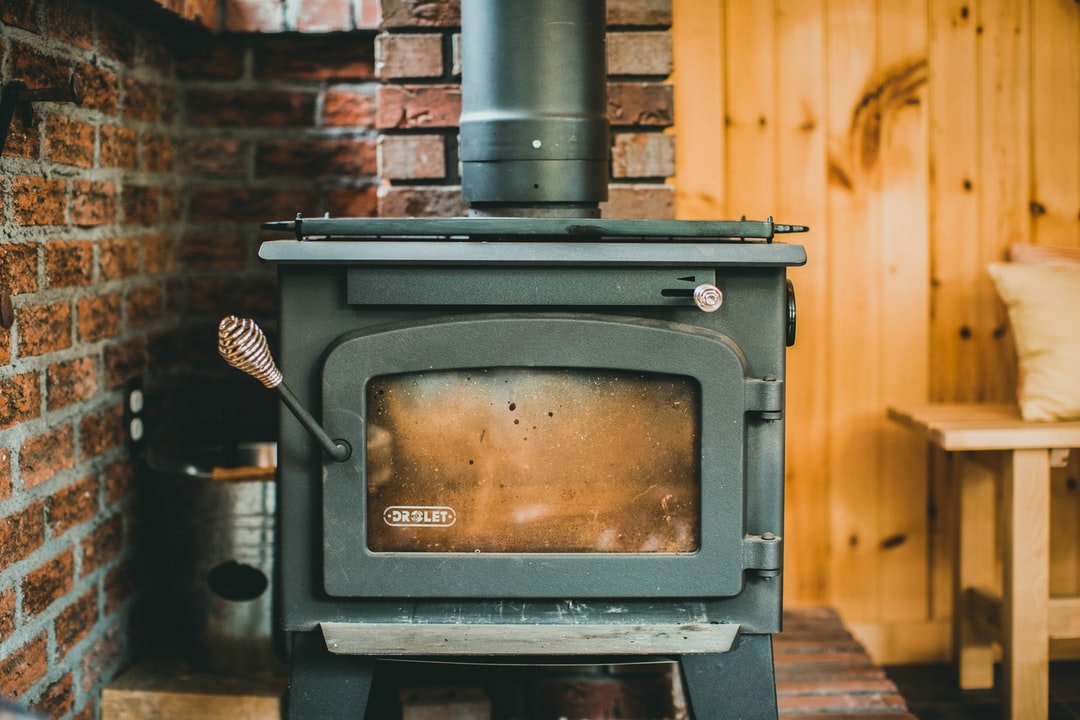The air is crisp, and nighttime temperatures have dropped as winter approaches. It’s time to decide what type of stove you should invest in to help keep your home warm.
Take a few moments to analyze before choosing a wood stove vs pellet stove. You’ve heard a lot about these two kinds of stoves. But what’s the difference between a wood stove and pellet stove?
With each type of stove’s advantages and disadvantages, it’s easy to become perplexed. Read along and make an informed decision as you journey to a warmer home.
What Are Wood Stoves?
Wood stoves are heating appliances designed to burn firewood for indoor space heating. Wood stoves have a firebox, air vents, flue, and chimney. They operate by harnessing the energy released through wood combustion.
Once firewood is in the firebox door or opening, a match or lighter can start a fire. It creates a fire that slowly builds up. Air vents are then used to regulate oxygen flow and the flames.
Adequate oxygen supports efficient combustion. The stove’s metal body absorbs heat from the flames. Radiant heat emits directly into the room, while convection currents circulate warm air.
Smoke and gases rise through the flue, drawn from the chimney’s draft, carrying emissions outdoors.
What Are Pellet Stoves?
A pellet stove is a furnace that burns compressed wood pellets to create heat inside a house. These pellets came from sawdust and other powdered wood waste products. Binding these wood waste makes combustible and renewable pellet for stoves.
These stoves work by automatically feeding pellets from a hopper into a burn pot. The heat circulates through the furnace and into the room. Various pellet stove recommendations have a thermostat that controls the feeding of pellets.
Wood Stove Vs Pellet Stove
A critical factor that demands your attention is the availability and cost of fuel. The type of fuel you choose can significantly impact your heating expenses. It also affects the overall convenience of your heating system. Read on to learn more about the comparison between the two.
Embracing the Timeless Tradition of Firewood
Wood stoves come with charming crackling fires and rustic allure. They rely on firewood as their primary fuel source.
Firewood is often considered a renewable resource with respect to responsible harvesting practices. The availability of firewood depends on your proximity to forests or wood suppliers. Firewood may be abundantly available in rural and wooded areas.
Sometimes, they are a byproduct of land maintenance or tree removal. This local availability can translate into cost savings. You might be able to source firewood at a lower cost or even for free.
In more urban or suburban settings, firewood might have a price tag. The cost could change according to the demand, transportation, and seasonality.
It’s worth noting that while firewood can be economical, there are expenses beyond the initial purchase. You might need to invest in tools for splitting and storing firewood. You need to allocate time for cutting, stacking, and seasoning the wood. This ensures optimal burning efficiency.
More Efficiency with Pellet Fuel
Pellet stoves offer an alternative approach. These pellets are consistent in size and moisture content. This ensures efficient combustion and minimal waste.
The uniformity of pellets results in predictable burning rates and controlled heat output. This contributes to the overall efficiency of pellet heating.
Availability may vary depending on your location and local suppliers. Pellets are often more readily available in urban and suburban areas. This is a convenient and reliable option for homeowners.
The prices can vary due to the demand, production costs, and transportation expenses. It’s advisable to research local pellet suppliers and compare prices to determine the most cost-effective option for your heating needs.
The efficiency of pellet stoves can contribute to long-term savings. This results in less fuel consumption for the same heat output.
Balancing Tradition and Responsibility
Wood stoves bring their nostalgic charm and connection to the age-old practice of burning firewood. This evokes a sense of tradition and coziness. Yet, understanding their environmental impact is crucial for making an informed decision.
Opt for locally harvested, abundant, and well-seasoned hardwoods. This can lower the negative effects on forests and ecosystems.
On the downside, inefficient burning of firewood can release harmful pollutants. This contributes to air quality issues. Among them are particulate matter, volatile organic compounds (VOCs), and carbon monoxide.
Perform regular maintenance and proper operation of your wood stove. Use dry firewood to ensure proper airflow. This is essential for reducing emissions and minimizing environmental impact.
A Step Toward Cleaner Heating
Pellet stoves present a more controlled and environmentally friendly approach to home heating. Pellet stoves produce fewer emissions compared to traditional wood stoves.
Modern pellet stoves have low levels of particulate matter, VOCs, and carbon monoxide. This makes pellet stoves a cleaner-burning alternative. This contributes to improved air quality and reduced environmental impact.
Convenience
Assess how much time you’re willing to invest in loading and tending to the stove. If you prefer a more hands-off approach, a pellet stove’s automated features might be appealing.
In wood stoves, regular chimney cleaning and maintenance are also crucial to prevent creosote buildup. This reduces the risk of chimney fires.
Moreover, pellet stoves produce very little ash compared to traditional wood stoves. This reduces the frequency of maintenance. This is especially true for modern pellet stoves equipped with self-cleaning mechanisms.
The efficiency of pellet stoves also translates to higher heat output per unit of fuel. This means you’ll use fewer pellets to achieve the same level of warmth as a wood stove.
Aesthetics
Think about the aesthetic appeal of each stove. Wood stoves offer a traditional, cozy ambiance. Pellet stoves have a more modern and sleek appearance.
Pick Your Stove
Overall, wood stove vs pellet stove have advantages, depending on the user’s needs. A pellet stove would be better if you’re looking for a more sustainable option with less manual labor.
Do you want an old-fashioned stove with a traditional look and a large quantity of heat? A wood stove would be the ideal option. If you’re still unsure, why not research and make an educated decision?
Let this article provide the guidelines you need to make a substantial choice. Check out the rest of our blogs!




